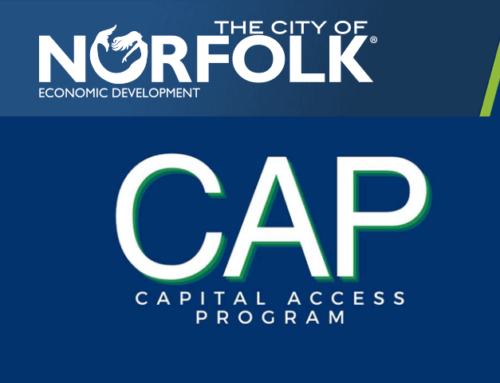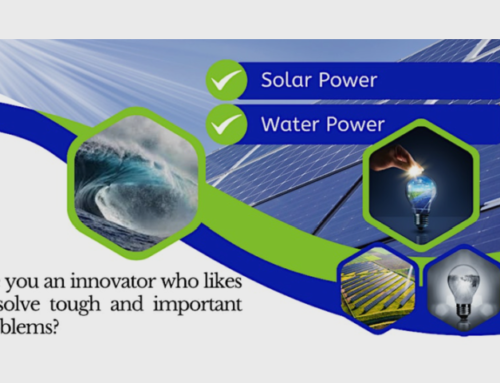The recently passed legislation that was signed into law on December 27th included a plethora of financial and other benefits for small businesses, the most notable being those that impacted the PPP loan program, for which $284 billion in funding was designated. These include the following:
- The re-establishment of the PPP program, as well as the creation of a second round of PPP funding for eligible businesses. For first-time borrowers, they are eligible for “First Draw Loans”, and for those seeking a second loan, they would be eligible for “Second Draw Loans”
- There are differences in the eligibility rules for the two programs, and the Second Draw credits are more targeted in their eligibility requirements
- The types of entities eligible for funding has expanded to include 501c(6)s, housing cooperatives, veterans’ organizations, Tribal businesses, small agricultural cooperatives, eligible nonprofit new organizations, and direct marketing organizations
- More flexibility has been given for seasonal and farm businesses, as well as partnerships and tipped employees
- Some business types can seek an increase in their First Draw loan amount obtaining another PPP loan if they have not filed for forgiveness and the reason for the increase was based on a rule change and not a miscalculation by the borrower
- Businesses that have the NAICS code of 72 are eligible for 3.5X eligible monthly expenses vs. 2.5X for other entities
- PPP borrowers can set their covered period to be any length between 8 and 24 weeks. The alternative covered period has been eliminated
- PPP loans will cover additional expenses, including operations expenditures, property damage costs, supplier costs, and worker protection expenditures
- Expenses included in the borrower’s PPP forgiveness application can also be deducted from their tax return
- EIDL advances will no longer be deducted from the amount of PPP forgiveness (retroactive to all PPP advances)
- PPP funding is now available for new entities if they were operational on or before 2/15/2020
- Chinese owned entities are ineligible for PPP financing, nor can businesses owned by members of the Executive Branch or Congress, or their spouses. In addition, publiclyowned companies cannot apply
- Businesses in bankruptcy are not eligible for PPP financing
- Borrowers (a/k/a an “Eligible Entity”) will need to satisfy a “Necessity Test”, which means they will either need to certify or provide financial support for the fact that they need the funding
- The definition of payroll costs has been expanded to include group life insurance, group disability insurance, group vision insurance, and group dental insurance (retroactive for all eligible entities)
- Borrowers that either declined to accept their original PPP loan or have repaid it in full can now apply for another First Advance credit
- Additional guidance has been provided on the definition of “gross revenues”
There are likely additional, more nuanced changes that will emerge as the agency provides updates to their initial program guidance dated 1/6/21. However, in sum, the changes listed above could help first-time and repeat borrowers maximize their access to funds as the COVID crisis continues into the new year. Clients are strongly recommended to seek guidance from their tax and legal advisers to determine if they should pursue first-time or additional PPP funding.






